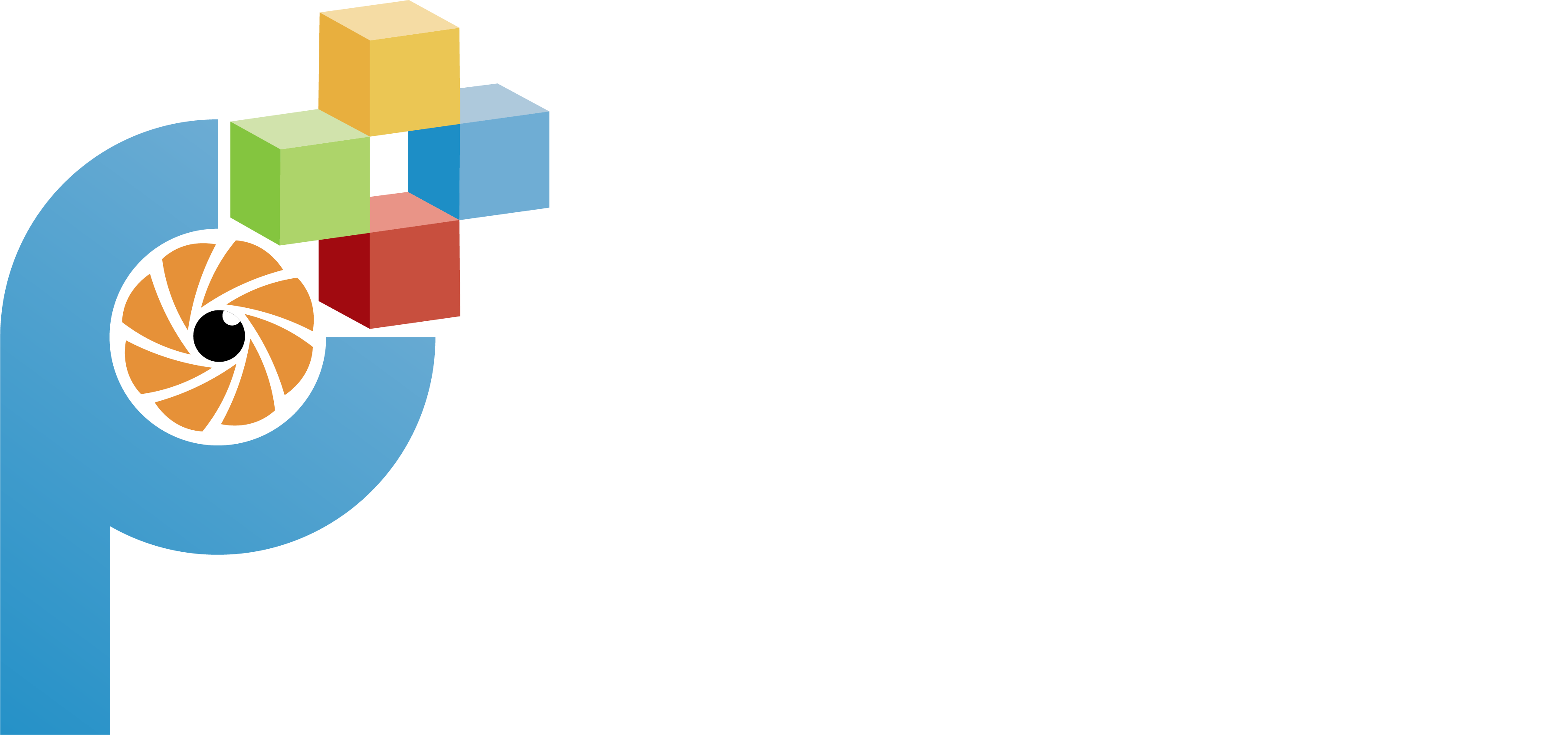National Correct Coding Initiative
Policy On Bundling Comprehensive Ophthalmological Evaluation (920X4)
and Computerized Ophthalmic Diagnostic Imaging of the Retina,
including OCT Angiography (92137)
John Rumpakis, OD, MBA
President & CEO, Practice Performance Partners, LLC
The American Academy of Ophthalmology (AAO) does not prohibit billing a comprehensive eye exam (CPT 920X4) and a diagnostic imaging procedure for the retina, including OCT angiography (CPT 92137), on the same day. However, certain criteria must be met to justify billing for both services, including medical necessity and separate documentation as per the CCI Rules effective October 1, 2025.
CPT code 920X4: Comprehensive Eye Exam for a new (04) patient or established (14) patient.
CPT code 920X4 covers a comprehensive eye evaluation for a new patient and requires that all 12 elements of the eye exam are performed and documented. In the context of a new patient with a medical eye problem, the exam must also include the initiation of a diagnostic and treatment program.
CPT code 92137: Computerized Ophthalmic Diagnostic Imaging
CPT code 92137, established in 2025, is a diagnostic code for advanced retinal imaging that includes both traditional optical coherence tomography (OCT) and OCT angiography (OCTA). Unlike the comprehensive exam, it is not an evaluation and management code but defined as a special ophthalmic procedure.
Guidance on billing CPT 92004 and 92137 together
For both codes to be appropriately billed for the same patient on the same day, the following guidelines apply:
- Medical Necessity: The 92137 procedure must be medically necessary and clearly documented as a distinct service from the evaluation performed during the comprehensive exam (920X4).
- Distinct Service: The OCTA procedure must be a separate and identifiable service and not an inherent part of the eye exam. The diagnostic test must provide specific clinical information that directly influences the medical decision-making for the patient.
- Documenting Medical Necessity: The physician must explicitly document why the OCTA was needed in addition to the comprehensive exam. Performing OCTA without a clear medical necessity would be considered screening and is not billable.
- Interpretation and Report: A separate interpretation and report for the OCTA procedure (92137) must be completed and documented.
- Modifiers: For services performed on the same day, a modifier may be required to indicate that the services were separate and distinct. The AAO has advised using modifiers in certain circumstances, though specific guidance for this code pair is not published. Check payer-specific rules for requirements.
When Billing Together Can Be Problematic
A payer may bundle the two codes if they are performed for the same medical reason and appear to be part of a single service.
- Routine exams vs. medical exams: It is important to differentiate a routine eye examination (S0620 & S0621) from a Comprehensive Examination (920X4) often includes an evaluation of the retina. If the OCTA is performed simply as part of this routine screening, an insurer may consider the diagnostic imaging to be included in the reimbursement for the comprehensive exam as there is no specific need identified and linked to the ordering of the test.
- Lack of distinct medical necessity: The key to getting both procedures reimbursed is to show that the decision for the diagnostic test was made based on findings from the exam. For example, the exam (920X4) might reveal a questionable finding that requires further, specific diagnostic investigation using an OCTA (92137).
How To Approach Billing For Both Codes
To support separate reimbursement, your documentation and billing must clearly define the purpose of each procedure.
- Document Medical Necessity:Clearly document the medical necessity for both services in the patient’s record. This includes justifying why the comprehensive exam was needed and why the OCTA was required as a separate diagnostic test.
- Order The Test:The medical record should show that the provider ordered the OCTA test based on specific findings from the exam, rather than as a routine part of a comprehensive screening.
- Bill With Modifier (if necessary): Submit the claim with Modifier 25 appended to CPT code 920X4.
Special Note: This CCI edit does NOT apply to any Evaluation & Management code within the range, 99202 – 99205 and 99212 – 99215
If you have questions, email us at info@PracticePerformancePartners.com
